Communication Guidelines
ASW provides a platform for members to share trusted information and carry out insightful discussions. There are countless opinions about what content is acceptable in member posts. As such, it would be impossible to find the “sweet spot” that will satisfy everyone.
Since we are an international crowd, English is the most commonly spoken second language, and therefore the most inclusive language. For this reason, we ask that all posts visible to the community be made in English.
Please select the most relevant tag for your post. We would like the site to offer interesting, varied content, and therefore we ask you to post your topic only once.
Replies and comments should be relevant, polite and constructive, so please respect the intentions of posters. Offensive or inappropriate content won't be tolerated. (Please see our Terms of Service for further details.)
While harmless spelling mistakes are inevitable and don't require any action from us, we do ask members to write properly. Avoid attempts to draw attention to your post by using unnecessary punctuation, symbols, spacing, excessive capital letters or a misleading title.
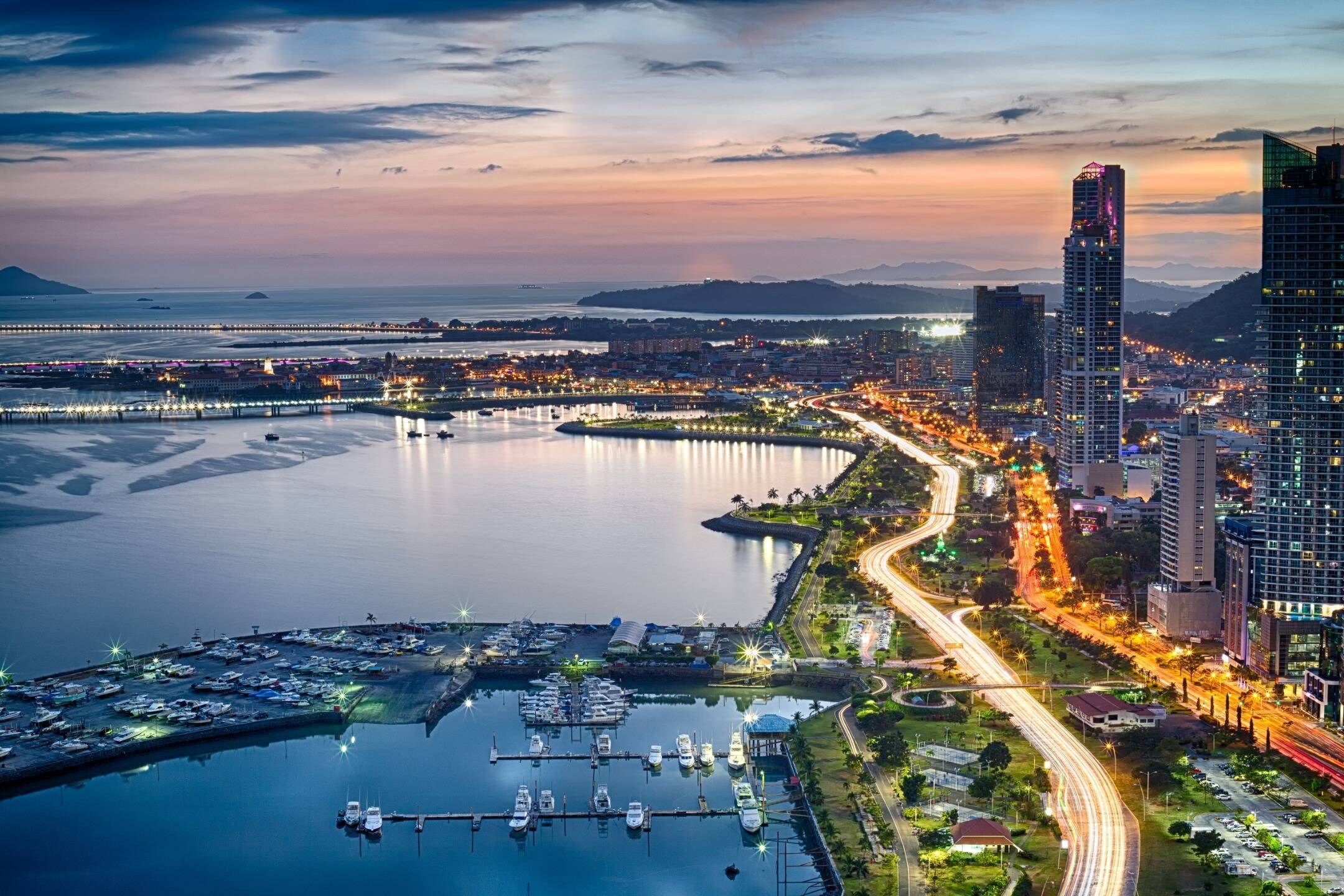
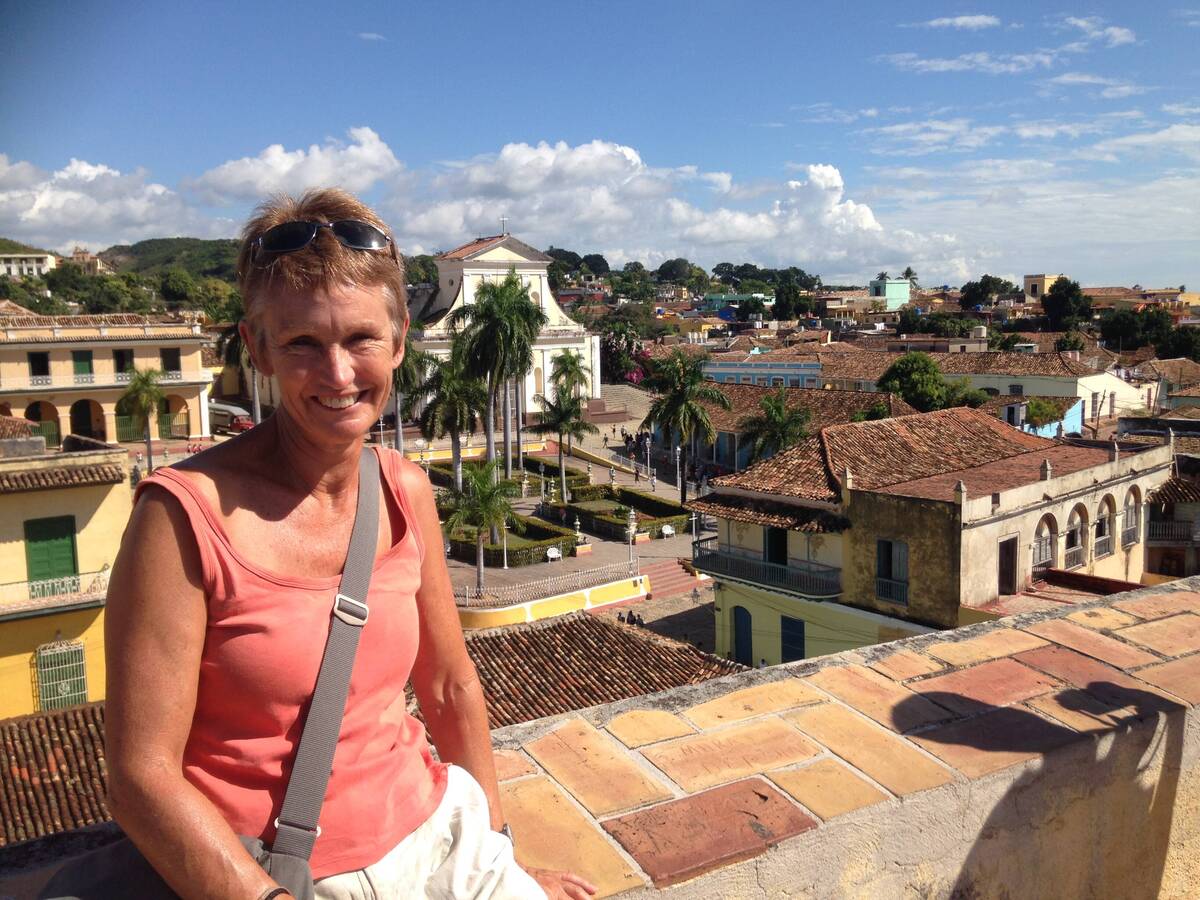
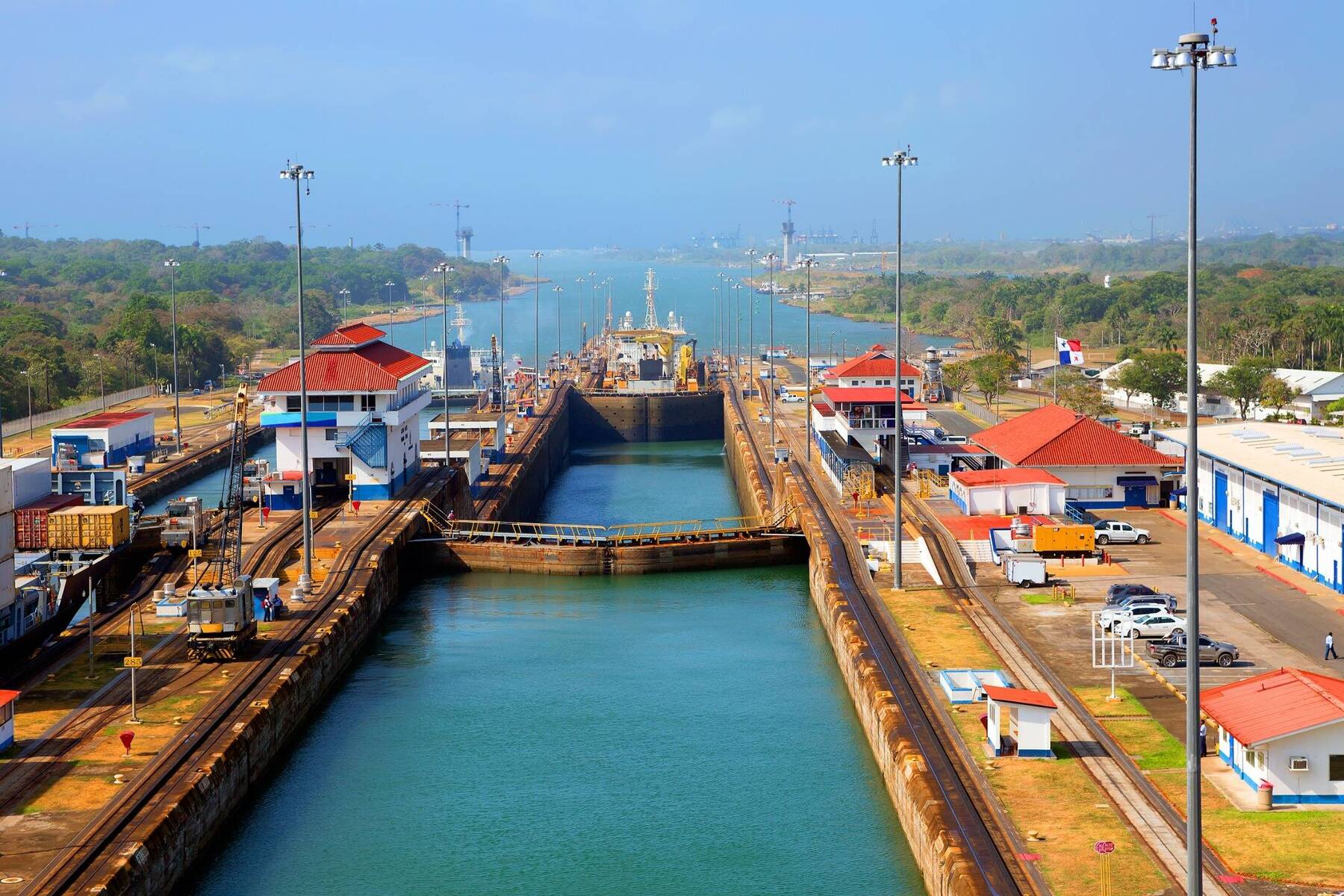
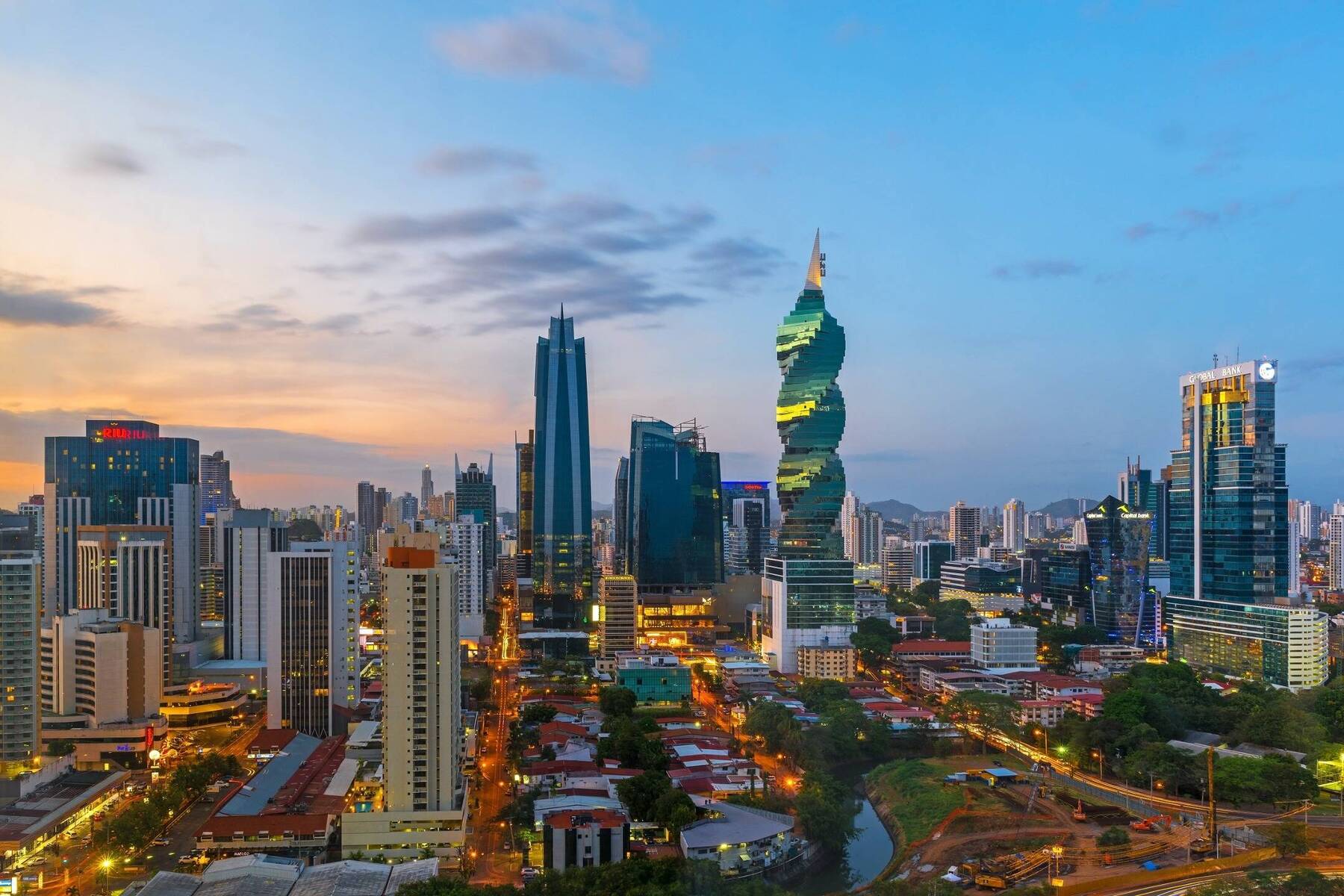
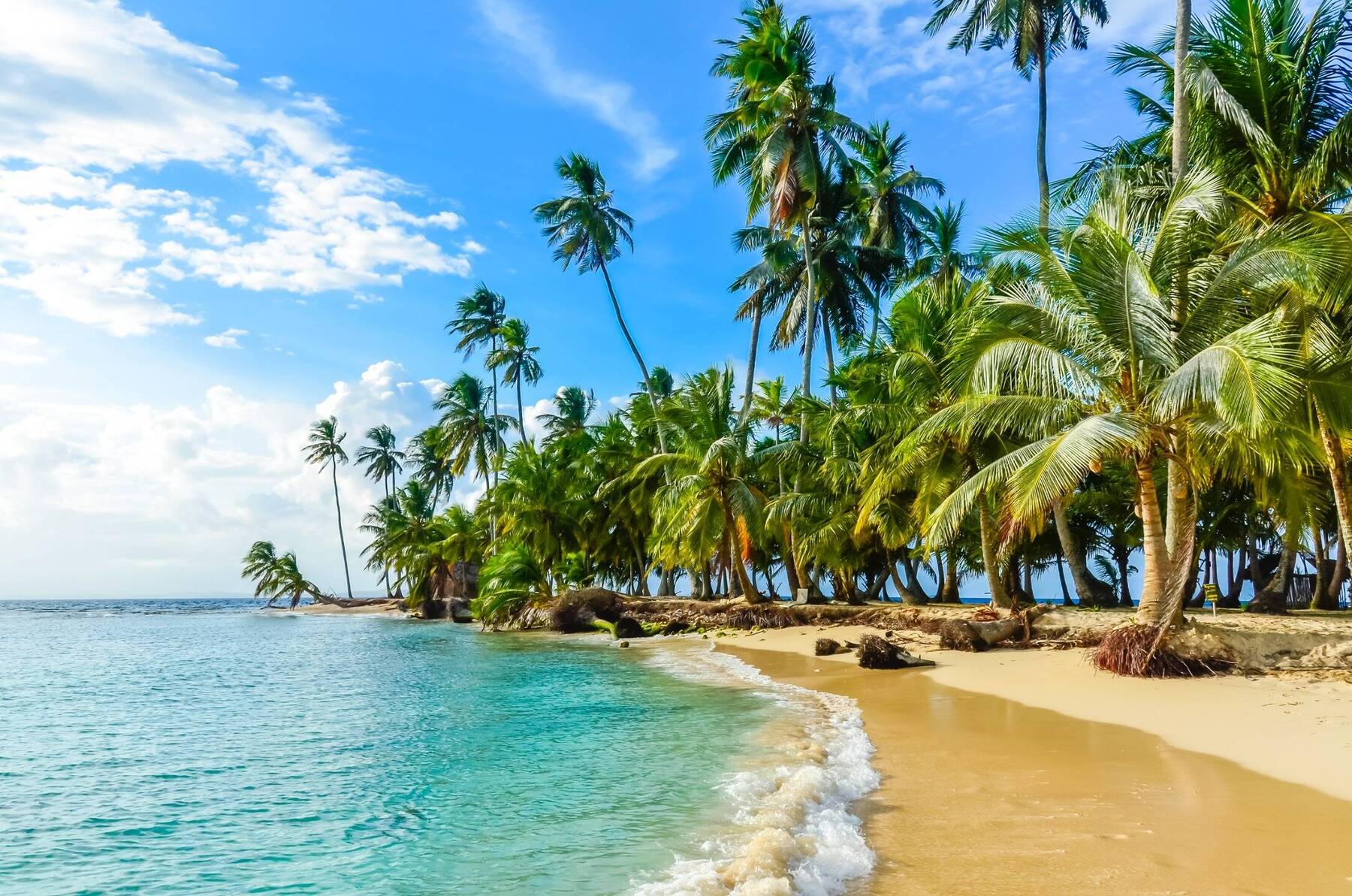
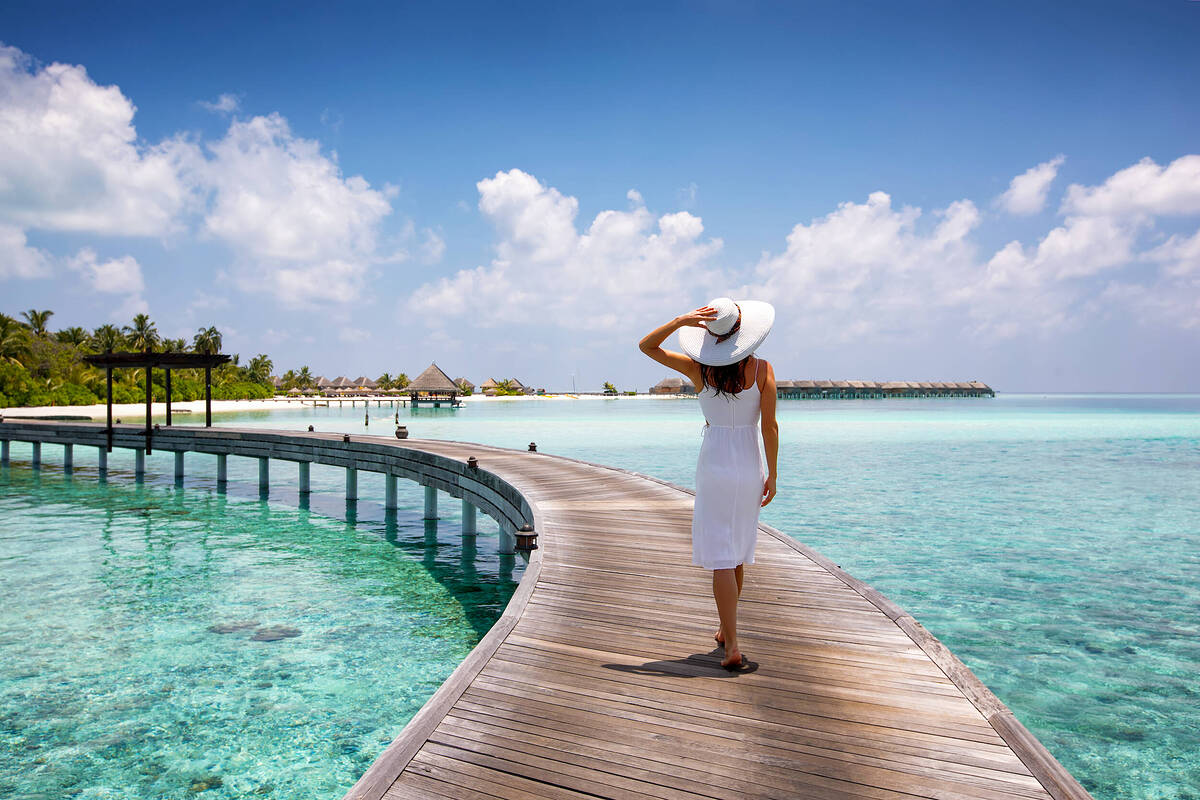

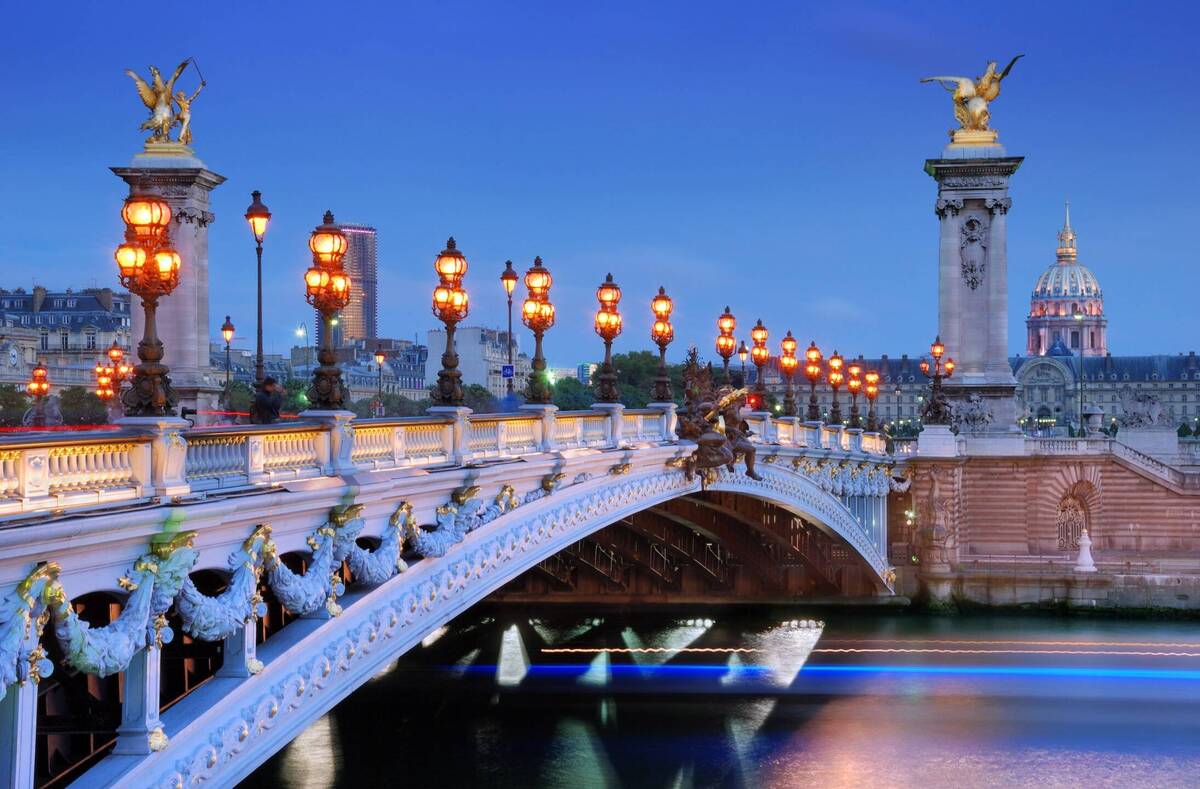













Comments